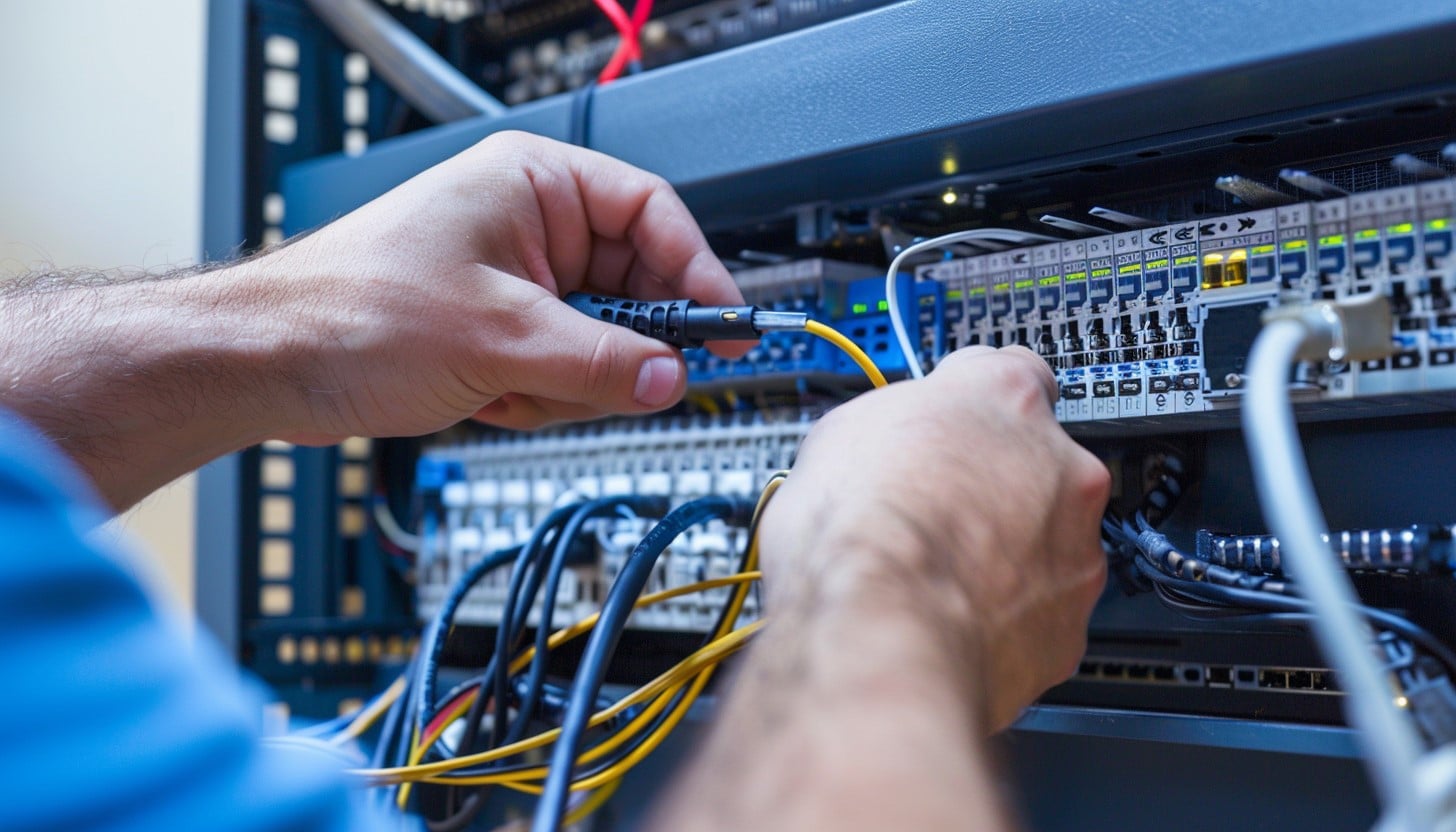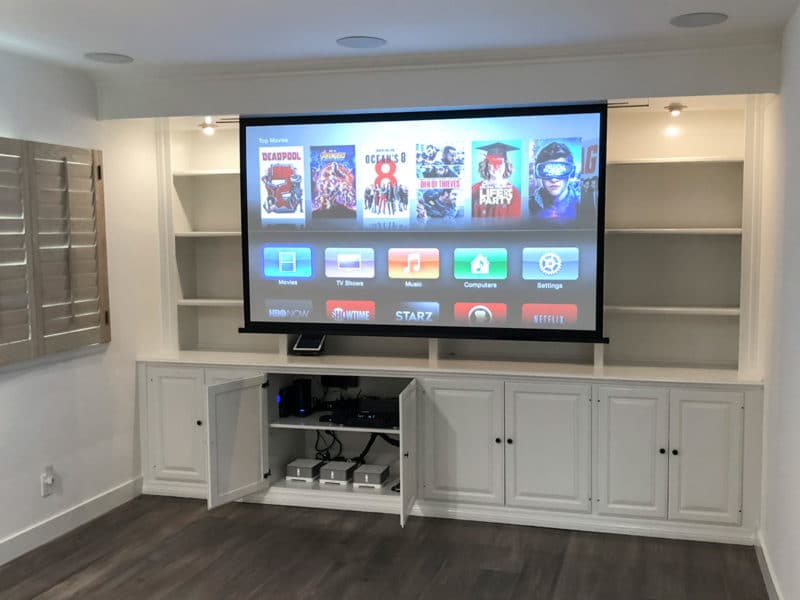In today’s connected world, having a reliable and fast Wi-Fi network is essential for everything from work to entertainment. Here at WyreDreams Inc., we understand the importance of a robust Wi-Fi network and offer tailored solutions to optimize your setup. This guide will walk you through top tips to optimize your Wi-Fi network, ensuring you enjoy seamless connectivity throughout your home.
Understanding Wi-Fi Basics
Before diving into optimization tips, it’s crucial to understand the basics of how Wi-Fi works. Wi-Fi networks use radio waves to transmit data between your devices and your router. The efficiency of this process depends on several factors, including signal strength, interference, and the capabilities of your router and devices.
What is Wi-Fi?
Wi-Fi is a wireless networking technology that allows devices to connect to the internet and communicate with each other without the need for physical cables. It operates on various frequency bands, primarily 2.4 GHz and 5 GHz, each with its own advantages and disadvantages.

How Wi-Fi Works
Wi-Fi networks consist of a router, which acts as the central hub, and various devices that connect to it. The router sends and receives data packets to and from these devices, enabling internet access and device communication.
Top Tips to Optimize Your Wi-Fi Network
To optimize your Wi-Fi network, follow these practical tips that address common issues and enhance overall performance.
1. Position Your Router Strategically
The placement of your router significantly impacts your Wi-Fi network’s performance. Place your router in a central location, away from walls and obstructions, to ensure even coverage throughout your home.
- Central Location: Position the router in the center of your home to provide balanced coverage.
- Height Matters: Elevate the router on a shelf or mount it on a wall to reduce interference from furniture and other objects.
2. Choose the Right Frequency Band
Wi-Fi operates on two main frequency bands: 2.4 GHz and 5 GHz. Each has its own strengths and ideal use cases.
- 2.4 GHz Band: Offers better range but is more susceptible to interference from other devices and networks.
- 5 GHz Band: Provides faster speeds and is less prone to interference, making it ideal for high-bandwidth activities like streaming and gaming.
3. Update Your Router’s Firmware
Keeping your router’s firmware up to date ensures you have the latest features and security patches. Most modern routers allow for easy firmware updates through their administration interface.
- Automatic Updates: Enable automatic updates if your router supports this feature.
- Manual Updates: Regularly check for firmware updates on the manufacturer’s website and apply them as needed.

4. Secure Your Network
A secure Wi-Fi network protects your data and prevents unauthorized access. Use strong passwords and encryption to safeguard your network.
- Strong Passwords: Create a complex password using a mix of letters, numbers, and special characters.
- Encryption: Use WPA3 encryption if available, or WPA2 as a minimum standard.
5. Optimize Wi-Fi Channels
Wi-Fi channels can become crowded, especially in densely populated areas. Choosing the right channel can reduce interference and improve performance.
- Automatic Channel Selection: Enable automatic channel selection if your router supports it.
- Manual Channel Selection: Use a Wi-Fi analyzer tool to identify the least crowded channel and set your router to use it.
6. Extend Your Network’s Range
If your home has dead zones where Wi-Fi coverage is weak, consider using range extenders or mesh networks to enhance coverage.
- Range Extenders: Boost your Wi-Fi signal to reach distant areas of your home.
- Mesh Networks: Deploy multiple nodes throughout your home to create a seamless and robust Wi-Fi network.
7. Limit Interference from Other Devices
Electronic devices and household appliances can interfere with your Wi-Fi signal. Minimizing this interference can improve network performance.
- Avoid Interference: Keep your router away from devices like microwaves, cordless phones, and baby monitors.
- Use Shielded Cables: Use shielded Ethernet cables to reduce electromagnetic interference.
8. Monitor Network Traffic
Keeping an eye on your network traffic helps identify and resolve performance issues. Use network monitoring tools to track usage and manage devices connected to your network.
- Network Monitoring Tools: Utilize apps and software to monitor and manage network traffic.
- Device Management: Disconnect or limit bandwidth for devices that consume excessive data.

Advanced Tips for Tech Enthusiasts
For those with a more technical background, here are some advanced tips to further optimize your Wi-Fi network.
1. Use Quality of Service (QoS)
Quality of Service settings prioritize important traffic on your network, ensuring smooth performance for critical applications like video calls and gaming.
- Prioritize Traffic: Set QoS rules to prioritize traffic for specific devices or applications.
- Bandwidth Management: Allocate bandwidth effectively to ensure optimal performance.
2. Upgrade to the Latest Wi-Fi Standards
Adopting the latest Wi-Fi standards, such as Wi-Fi 6 (802.11ax), can significantly boost your network’s speed and efficiency.
- Wi-Fi 6 Routers: Invest in a Wi-Fi 6 router for faster speeds, better range, and improved handling of multiple devices.
- Compatible Devices: Ensure your devices support Wi-Fi 6 to fully benefit from the upgrade.
3. Implement Network Segmentation
Segmenting your network improves security and performance by isolating different types of traffic.
- Guest Network: Set up a separate guest network for visitors to prevent them from accessing your main network.
- VLANs: Use Virtual LANs (VLANs) to segment network traffic for different devices or purposes.
FAQs on Optimizing Your Wi-Fi Network
To wrap up, here are answers to some frequently asked questions about optimizing your Wi-Fi network.
Q1: How often should I restart my router?
Restarting your router periodically can help resolve connectivity issues and refresh your network. Aim to restart it once a month.
Q2: Can too many devices slow down my Wi-Fi?
Yes, having too many devices connected to your Wi-Fi can slow down your network. Use network monitoring tools to manage and limit devices.
Q3: What’s the difference between a router and a modem?
A modem connects your home to the internet, while a router distributes the internet connection to your devices. Some devices combine both functions in one unit.
Q4: How can I test my Wi-Fi speed?
You can test your Wi-Fi speed using online tools like Speedtest.net or fast.com. Conduct tests in different areas of your home to identify weak spots.
Q5: What is a Wi-Fi mesh system?
A Wi-Fi mesh system consists of multiple nodes that work together to provide comprehensive coverage throughout your home. It’s ideal for larger homes with multiple floors.
By implementing these tips, you can significantly optimize your Wi-Fi network, ensuring fast, reliable, and secure connectivity for all your devices. At WyreDreams Inc., we specialize in network and Wi-Fi optimization, offering personalized solutions to meet your unique needs. Contact us today to learn more about how we can help you achieve the ultimate connected home experience.

From curious child to the President of WyreDreams, my journey started with a fascination for the wires behind my dad’s boombox. Today, I lead a team dedicated to transforming standard setups into exceptional audiovisual and smart home experiences.

